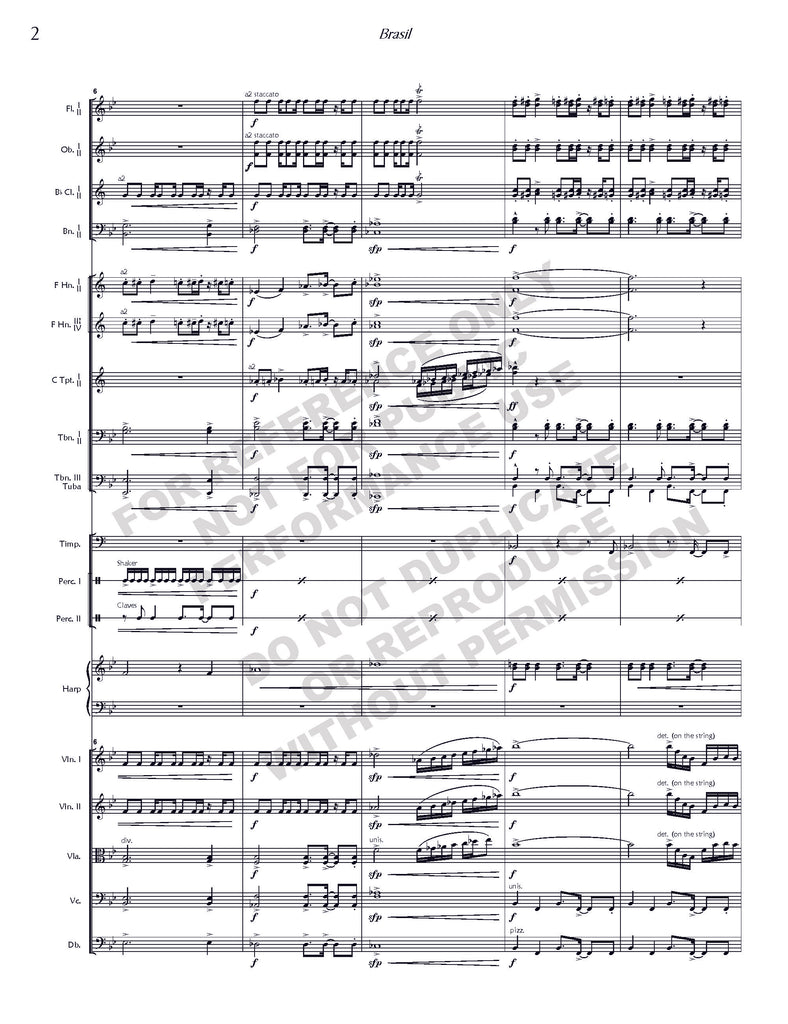
Democracy is flawed for many reasons, of which one neglected cause is the underrepresentation of future generations. Have your object available for display and discussion during class. Along with one or more photographs or digital representations of your object, turn in a brief one-paragraph artist statement (your “memo” for the week) that discusses your key concepts and themes. Use your making as a way of thinking about possible (and preferable) futures. You can create a short comic, a sculpture, a song or audio soundscape, a paper flyer, a common object, a piece of software, or anything else that exists in your version of 2051. For your medium, you can work with anything you feel comfortable with, whether it is clay, paint, code, colored pencils, or musical instruments. You don’t need to imagine a utopia, but to end the course fixed on hope and possibility, try to think beyond purely dystopian and apocalyptic scenarios, which are usually easier to imagine in our troubled times. As an added challenge, imagine a world that has overcome some major threat or scenario of doom.

Your object might suggest some of the historical events that have happened between 20. Rather, your object should be evocative of that future world, its ways of life, and forms of action within it. The idea is that you should not create an entire world or detailed narrative. Use the materials and medium (or media) of your choice to create one modest object that belongs to this future world and animates a rich tension or possibility about the status of the world 30 years into the future. Note that the “memo” for this, final week is motivated by the following prompt:


 0 kommentar(er)
0 kommentar(er)
